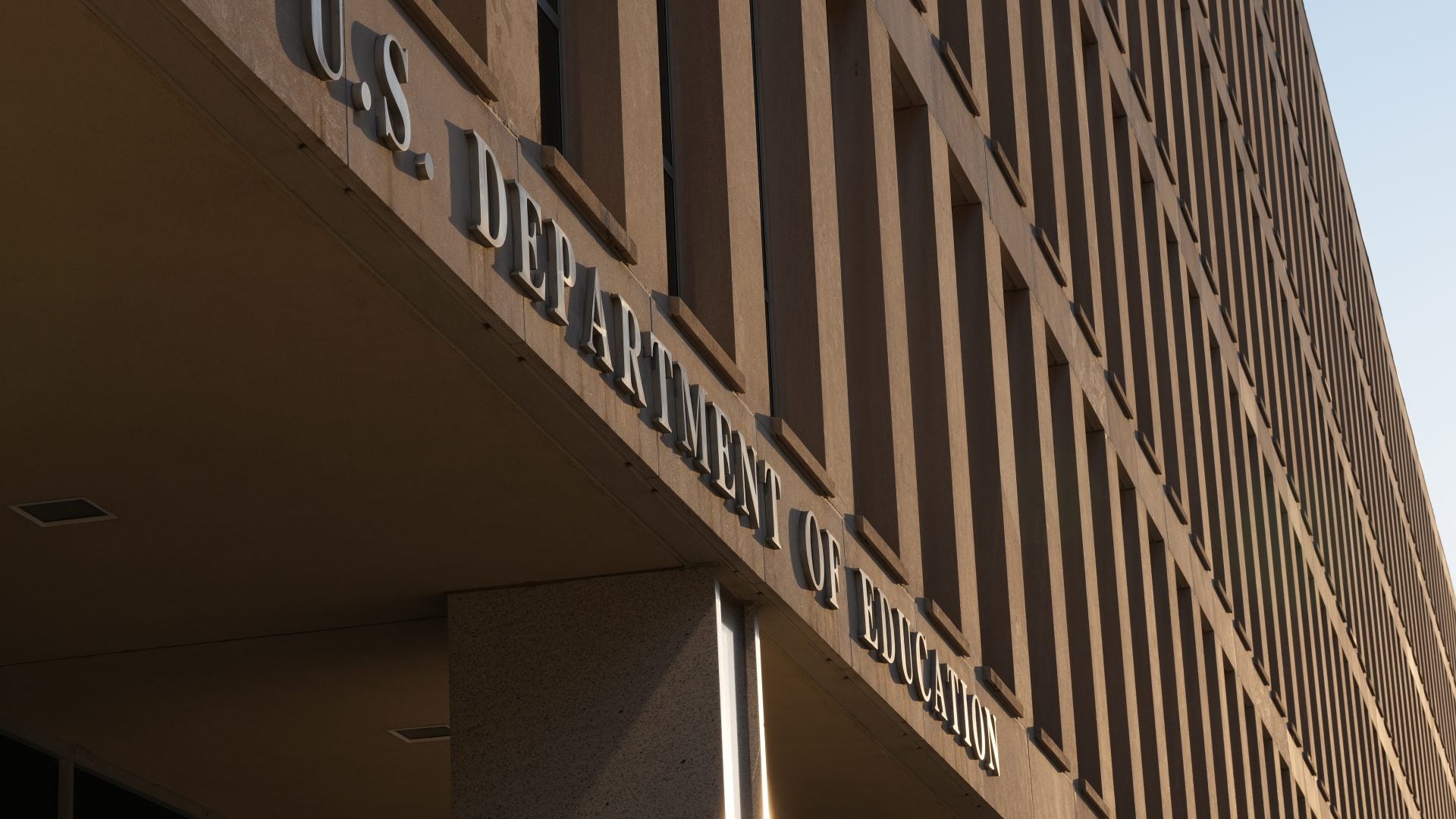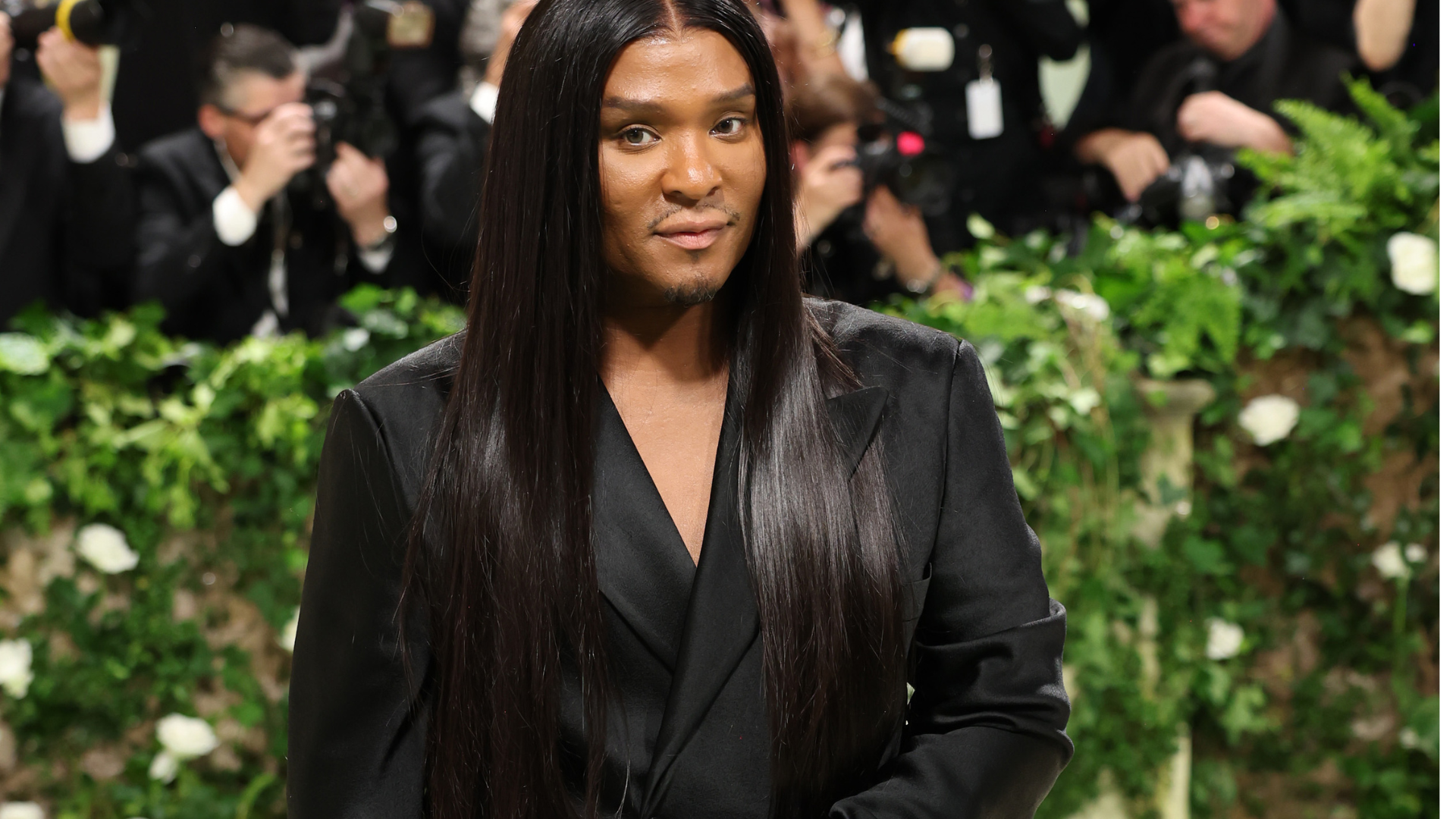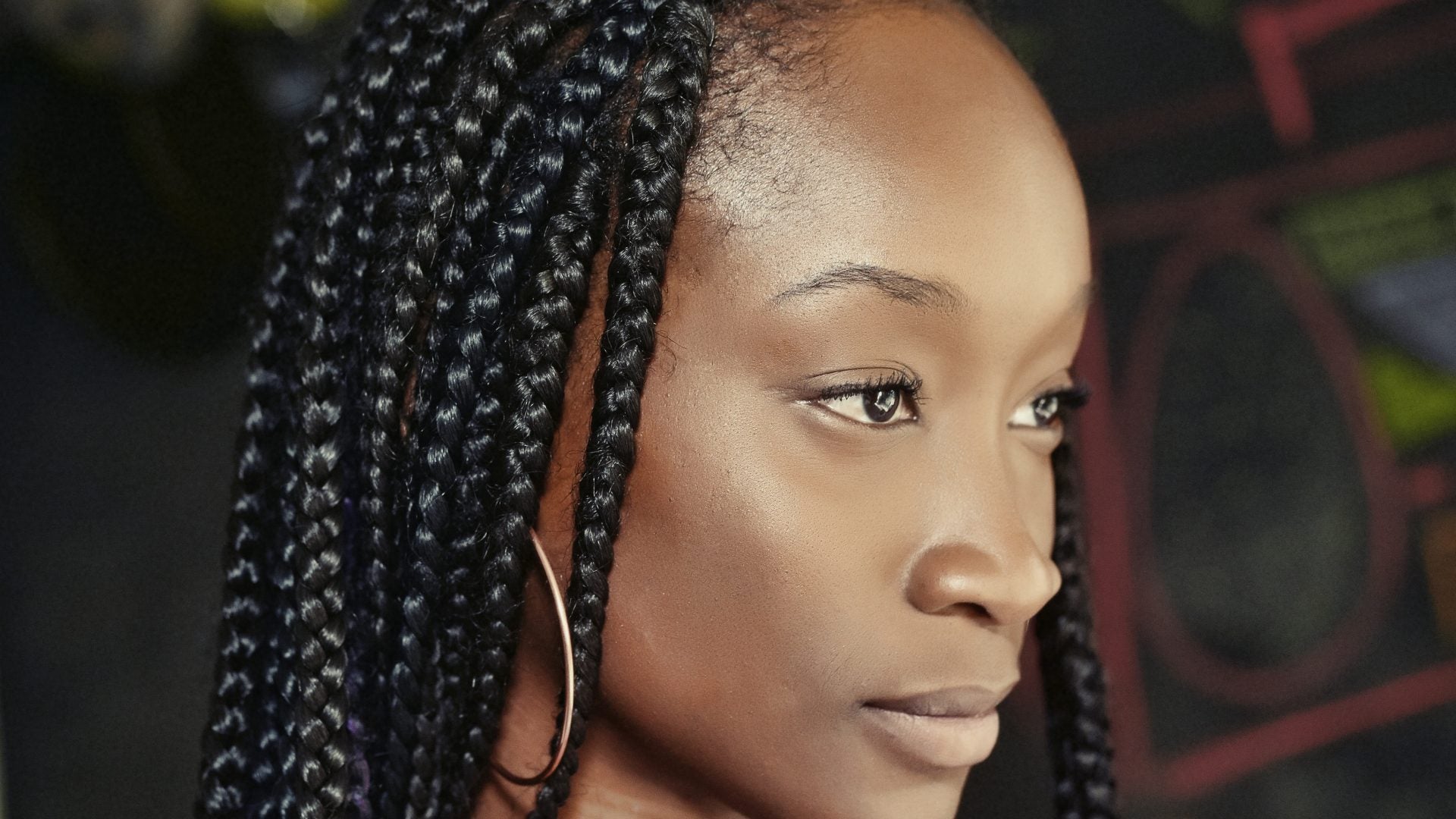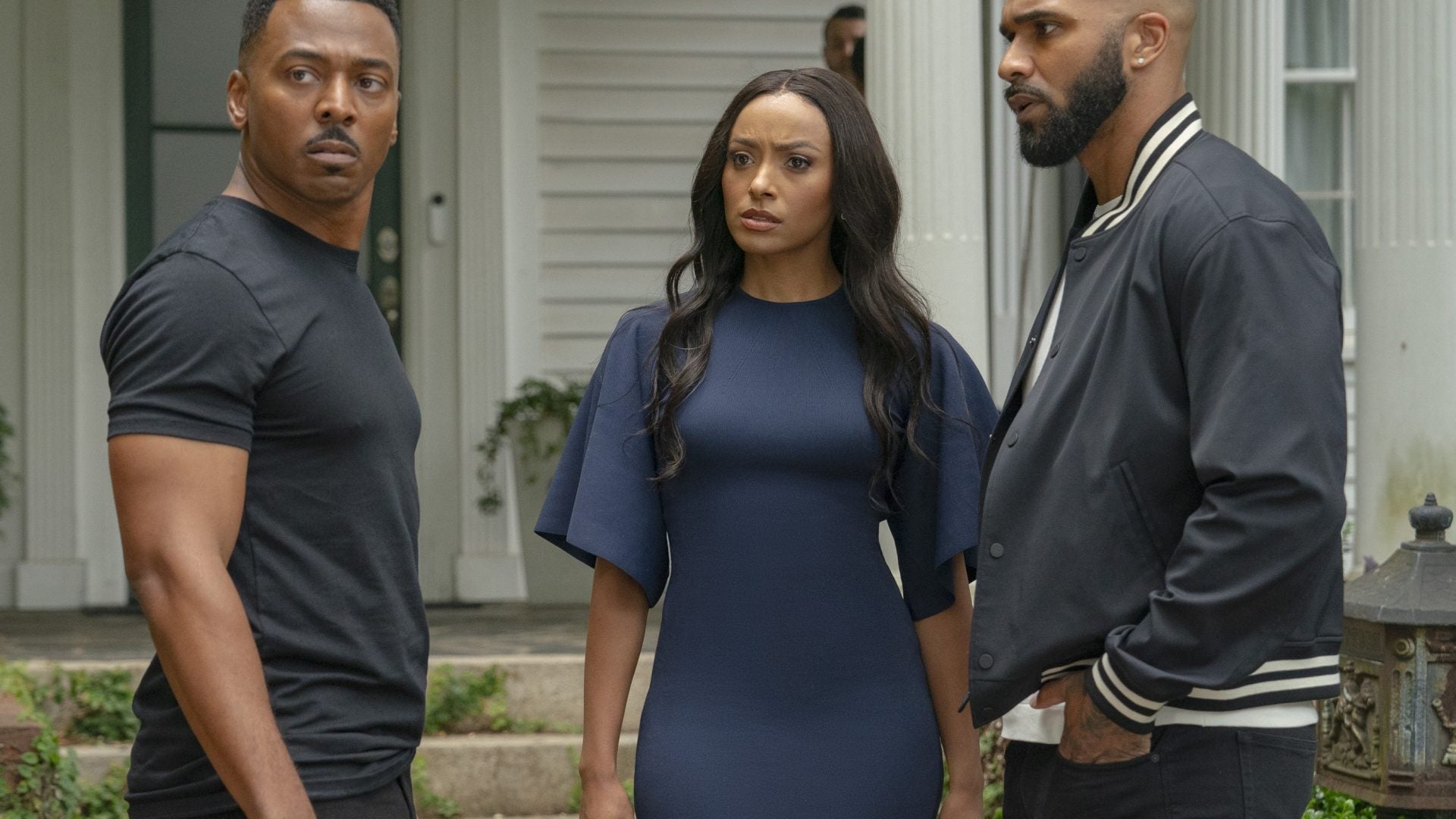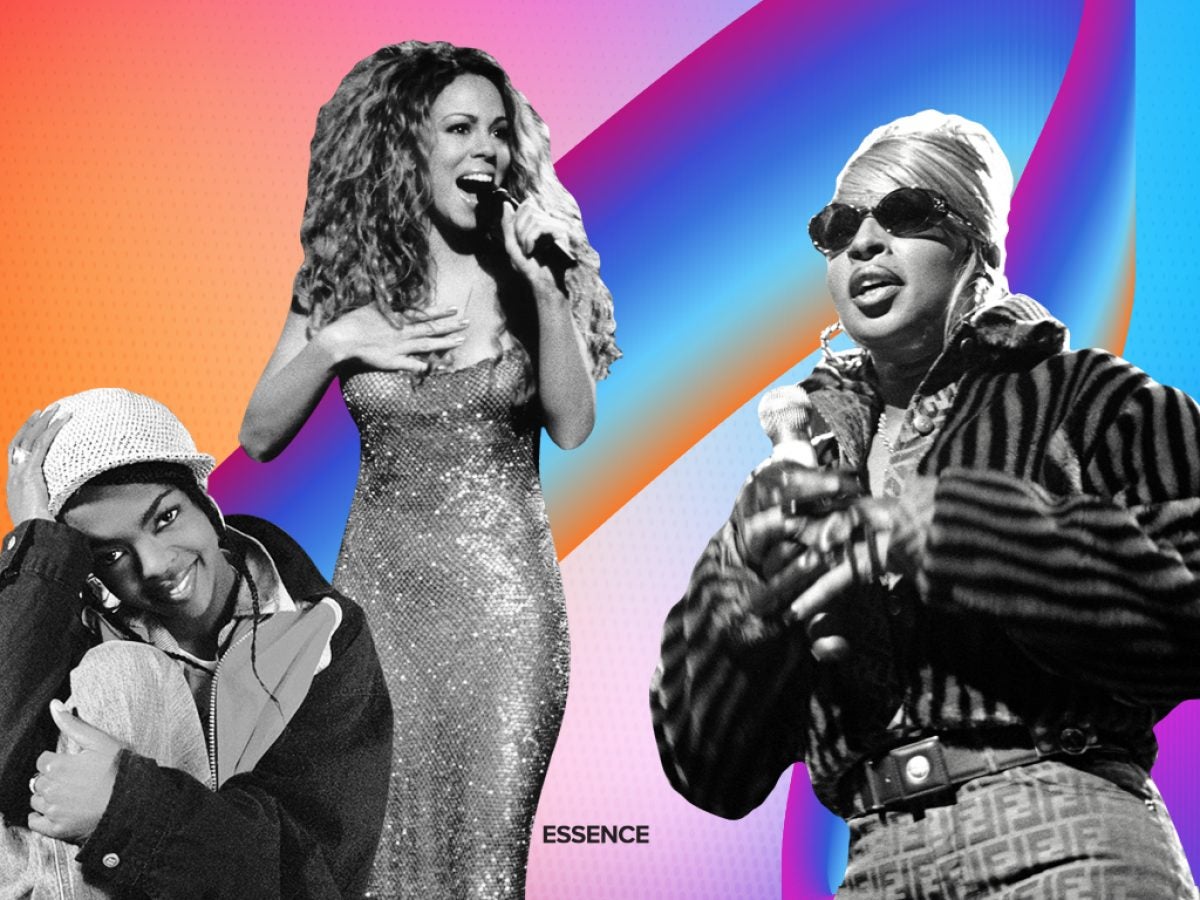
Welcome to The State of R&B, ESSENCE’s look at the past, present and future of rhythm and blues. In this piece, ESSENCE editor Rivéa Ruff reports on the blending of hip-hop and R&B.
With artists like Mary J. Blige and Kehlani currently selling out nationwide tours, the anticipation of SZA’s long-awaited sophomore project and classic producers like Babyface, Bryan-Michael Cox, and Jermaine Dupri refocusing their attention on the genre, R&B seems to be shining—at least in a front-facing manner. But while R&B is clearly alive and thriving, no one can deny that the genre has changed drastically in the last 30 years. Hip-hop’s influence may be the major difference.
Since the inception of radio and recorded music, charting platforms and music distributors have struggled with how to classify music made by Black performers. Originally lumping them into a category known as the “Harlem Hit Parade” in 1942, and later simply “Race Records” by 1945, Billboard coined the term Rhythm & Blues, first popularized in radio and label jargon in the 40s, and meant as an umbrella term for African-American secular songs.
Billboard tried on “Soul Music” and simply “Black Music” for size between 1969 and 1990, before finally settling on the abbreviation “R&B.” The phrase went on to define the sound for Gen X.
Mary’s Joints
By the 1990s, “R&B” was the commonly accepted terminology for soulful Black music. But one fateful studio session with Sean Combs shaped a brand new sound that would define the genre’s future.
“One day Puffy was working at Uptown Records with Jodeci, and they had a session with Teddy Riley and Teddy Riley didn’t show up,” author and music critic Craig Seymour says, noting that the group was slated to remix their hit single “Come And Talk To Me.” With Riley out of commission, Combs took inspiration from the DJs of his youth and synced the vocals with one of his favorite hip-hop songs, “You’re A Customer,” by EPMD.
“In the eighties, we had DJs like Ron G, Kid Capri, Brucie B, and they would take R&B instrumentals – whether it was a Luther Vandross or something like that – and place them over [Hip-Hop] beats,” Seymour adds. “It really came out of DJ culture, party culture and radio culture.”
Seymour continues his commentary on the turning point led by Combs saying, “That [session] created Hip-Hop Soul. Andre Harrell of Uptown [called] that the first Hip-Hop Soul record. Very shortly after, Mary J. Blige was working on her second album, My Life, and they took that same approach.”
Long referred to as the Queen of Hip-Hop Soul, Mary J. Blige pioneered the marriage between hip-hop and R&B with her sophomore project. As she reimagined soul classics from the ‘70s and ‘80s over thumping beats (courtesy of Combs, who recently reanimated the “R&B is dead” debate), she cultivated a sound that led to a tidal wave of hip-hop-tinged soul.
The R&B remix went on to reign supreme, with influential collaborations between Mariah Carey and Ol’ Dirty Bastard; SWV and Wu Tang Clan; and of course, Mary J. Blige and Method Man, becoming instant classics.
Hip-hop and R&B’s sounds (and audience) became so intertwined on the charts and in the public consciousness, Billboard changed their charting to Hot R&B/Hip-Hop in 1999, officially consolidating the genres.
“By the 2000s, you already had R&B and hip-hop moving a little closer together and more beat-oriented records on the radio,” says Kelefa Sanneh, author of Major Labels: A History of Popular Music in Seven Genres . “R&B and hip-hop were really living side by side.”
“It was almost like they balanced each other out as two halves of the same genre.”
The early aughts were dominated by artists who blended the two, such as Usher, Alicia Keys, and Beyoncé. More change was on the way.
What Is Alt-R&B?
Starting in the early 2010s, an alternative sound that combined R&B/hip-hop with elements of dance, electronic, or rock went from the fringes to the mainstream with the success of acts like Frank Ocean, The Weeknd, and Miguel. This gave rise to then-bubbling acts like Jhené Aiko, SZA, and PartyNextDoor, who all undeniably had rhythm and blues influences, but melodically and thematically were unlike what audiences had been taught R&B was. Since that point, what classifies as an R&B song, and who qualifies as an R&B artist has shifted, leaving the genre in what The Atlantic has specified as an “identity crisis” for the better part of the last ten years.
In the decades between Anita Baker’s “Sweet Love” and Summer Walker’s “Girls Need Love,” what we think of as rhythm and blues evolved from soft saxophones and piano melodies to speaker knockers. On the vocal side, production was once laced with honey sweet, soulful voices trained up in the way they should go, but it has been at least partially replaced by whispery, semi-nasal, autotune-heavy vocalizations and vocal inflections that speak to a new generation.
“[Starting in the early 2000s], the idea was if you wanted to get on the radio, you had to learn how to sound great over a beat and that meant making your voice a little smaller, less room for runs and ad-libs and maybe less time for really old-fashioned ballads,” Sanneh observes. “A broader issue in music [today] is that a lot of really popular music is more beat-driven, more rhythm-driven. Singers have to figure out how to make space for the beat or how to sound good over a beat, and that’s led to a lot of different things – it’s led to sing-rapping, it’s led to the whisper vocal or just murmuring over the beat.”
Read “Never Too Much? A Look At Sexually Explicit R&B Lyrics” here.
Today, artists like Lizzo, Kid Cudi, and Ty Dolla $ign leave some scratching their heads on what lane to even place them in. Is Roddy Rich rapping or singing on his chart-dominating single “The Box” or his vocal feature on Mustard’s “Ballin’?” Do Doja Cat’s vocals on tracks like “Say So” or “You Right” place her in the same category as H.E.R., or as Nicki Minaj?
“The only thing that differentiates the artists is their chosen form. A hip-hop artist’s musical foundation is spoken words that are rapped. R&B artists are singers,” Samantha Selolwane, head of Promotion, Hip-Hop and R&B at RCA records, says. She cites artists like Chris Brown, T-Pain, Drake, Future, Young Thug, Migos, and earlier ones like Missy Elliott and Lauryn Hill, as examples of what she calls the “Rap & B” style. “The beauty about modern artists is their ability to blend both,” she says.
On the other end of the genre-bending spectrum, consider Steve Lacy’s “Bad Habit.” Thanks to a push from TikTok, it’s the most popular song in the nation, currently holding at #1 on the Billboard Hot 100 chart for 2 consecutive weeks. It has also held fast and strong on both the Hot R&B/Hip-Hop Songs and Hot R&B Songs charts and sits at #3 on the global iTunes R&B chart.
“Bad Habit” is classified as R&B/Soul, but for keen-eared listeners, it’s strongly reminiscent of a mid-90’s grunge ballad or an early aughts alternative rock jam. In fact, it’s also charting equally as high on Billboard’s Hot Rock & Alternative Songs, Hot Rock Songs and Hot Alternative Songs charts – the first single to effortlessly dominate all five distinctions.
“As we speak, Steve Lacy has the number one song in the country. What is that exactly? Is that R&B?” Sanneh wonders. “I don’t know. Maybe. But one way I would want to answer that question is to watch them for the next couple years and to figure out who’s listening.”
Sanneh also notes that R&B has always been classified by who performs it, especially along racial lines, despite what the music sounds like. “Our music has often been largely segregated and that’s often led to Black singers being much more likely to be categorized as R&B,” he adds. However, genre boils down to community. “My belief is that that community still exists even if it’s gotten a little more difficult to measure.”
Is R&B’s Flexibility Young Millennials and Gen Z’s Gain?
R&B is more malleable than ever and it’s of no consequence to young listeners. “When you speak to Gen Z or Gen Alpha, they can’t tell the difference between pop, rock, alternative, R&B,” Selolwane says. “To them, it’s all just vibes and moods. All they are concerned about is do they like it or not.”
She pegs the young audience as the true lead on how to perceive the changes. “The consumer is the one who is light years ahead of what is happening,” she says. “The industry is the one that has to catch up with how the consumer is accessing their product.”
Singer Joyce Wrice embraces the ambiguity with open arms. With her own eclectic spin on soul, she grew up influenced by the likes of Brandy, Mariah Carey, Missy Elliott, Janet Jackson and Aaliyah. “My dad played so much music growing up. He introduced me to Tamia,” she says of her influences. “Her voice and soulfulness just had me in awe.”
Read “How Much Money Do R&B Artists *Really* Make?” here.
Though enthralled by soulful vocals, it was the sound of hip-hop, particularly that of Biggie and 112, that made her fall in love with the fusion of rap and R&B. It’s heavily inspired her work.
“I’d say [my sound is] feel-good R&B soul music reminiscent of the 90s and early 2000s – with my own twist,” Wrice describes. That twist, much like with those who came before her, found her collaborating with rappers Freddie Gibbs and Westside Gunn on her critically acclaimed debut effort, Overgrown.
Functioning as her take on the 90’s-inspired dance craze currently sweeping the industry, her latest EP, Motive, finds Wrice collaborating again with popular Haitian-Canadian producer and deejay, Kaytranada. Their experimental work pulls from dance, afrobeats, and electronic music.
“I just love Kaytranada’s sound choices and I really wanted to make a dance uptempo project,” she says of why she leaned into dance and afrobeats on her latest effort. For Wrice, the current state of R&B is exciting and the future is ripe with possibility.
“I imagine that [R&B] will continue to develop on its own – similar to how now there’s alternative R&B and other styles,” Wrice says. Selolwane mirrors the sentiment, saying, “I think R&B will be more experimental and more boundary pushing,” the RCA exec says of R&B’s sound shift in the upcoming years. “The future of R&B is in the hands of those who have yet to create it.”
But does this steady progression to new, experimental, genre-melding sounds leave more orthodox R&B on the back burner? Not by a long shot.
Throw It Back
“Traditional R&B has never taken a back seat to anyone,” Selolwane says. “So many artists have always kept the traditional sound of R&B alive, even when other forms of R&B thrive. I do however enjoy this new Alternative R&B that’s making its way to the forefront. We are not monolithic in our R&B choices. We love it all.”
While the sound is constantly stretching, accommodating and incorporating new influences, both Seymour and Sanneh believe a star on the horizon will soon define the sound that’ll best demonstrate this era of rhythm & blues.
“I do think we’re waiting for that one big talent to unify it all and bring us into a new era, and that always happens,” says Seymour. “That happened with Aretha Franklin, it happened again with Mary J. Blige.”
“Like much of popular music, the history of R&B does tend to be cyclical and things that seem sort of uncool now tend to morph into something cool and vice versa,” Sanneh adds. “I wouldn’t be too surprised now if there is some R&B singer who maybe people aren’t [currently] taking all that seriously, who turns out to have a big effect and we’ll look back at 2022 saying ‘she or he was right under your noses and you didn’t even realize that this thing was about to explode and change the way we think about this genre.’”
Over the past decade, a new crop of crooners have begun to reach back into their childhoods (or before they were even born) and paint their own pictures with their findings. Bryson Tiller, the originator of “Trap Soul,” cut his teeth on a sample of KP & Envyi’s 1998 regional hit “Shawty Swing My Way” for his breakout single “Exchange.” 27-year-old Tink’s latest album, Pillow Talk, finds her sampling 702’s 1996 song “Get It Together” for “Goofy.” Beyoncé protégé Chlöe is taking it back to R&B’s raunchier roots, covering Adina Howard’s 1995 smash “Freak Like Me” on a rework of her song “Surprise.”
“I feel the genre has actually gone back to ‘90s type of R&B with various subgenres. Some artists tap into the use of samples and remakes,” Selolwane says. “Other artists are tapping into the ‘new-soul’ era and others are experimenting with alternative sounds to R&B so I feel the music is more ‘90s now than it was before.”
So, R&B certainly isn’t dead. But it is hard to recognize from time to time for those who were born by Luther Vandross, bred by Sade and Phyllis Hyman, reared by SWV and Mary J. Blige, and schooled by Dru Hill and 112. But for the generation that came behind them, whose roots stretch only as far back as Aaliyah and whose branches stretch to an eclectic sound we likely haven’t even conceived yet, this iteration of R&B is what resonates most.
Maybe one of the originators of the partnership between hip-hop and R&B, Mary J. Blige, said it best when debating Combs over his “R&B is dead” commentary.
“You can’t kill something that’s in our DNA,” she said. “It’s gonna keep transitioning from generation to generation to generation to generation.” And ya don’t stop.
